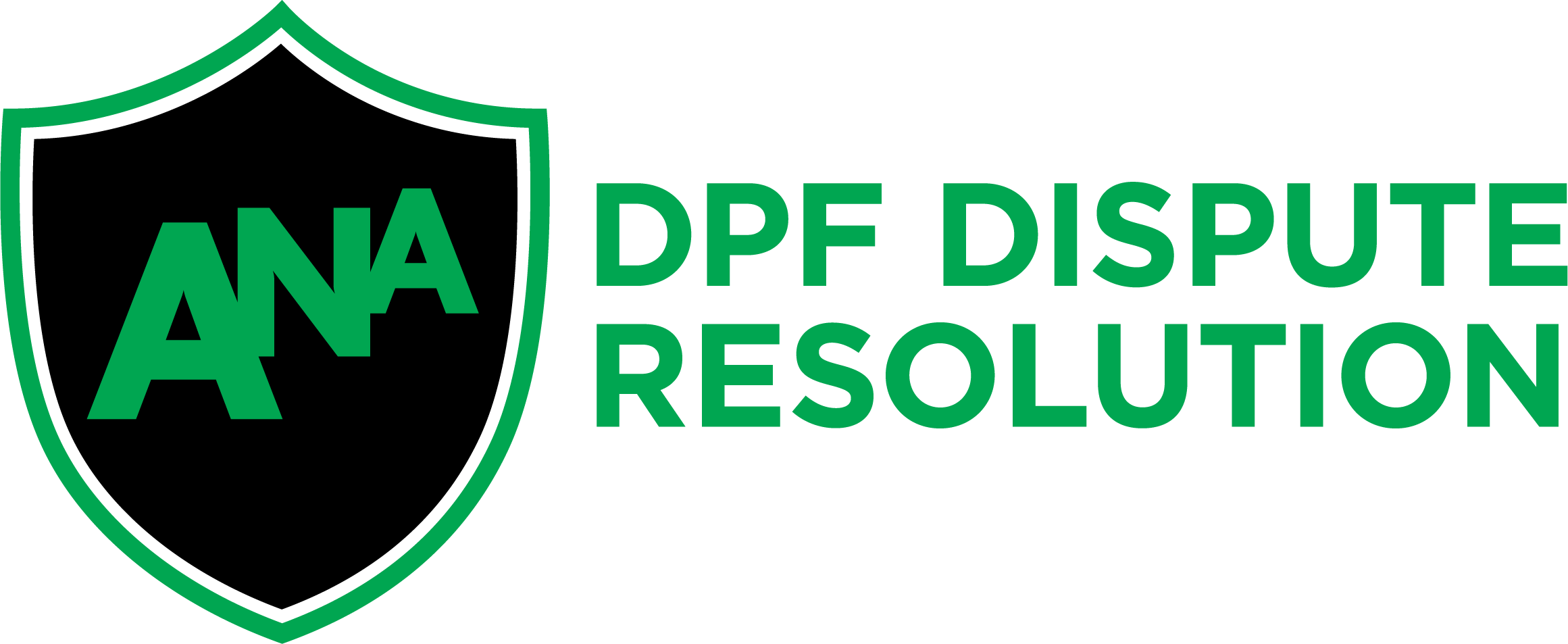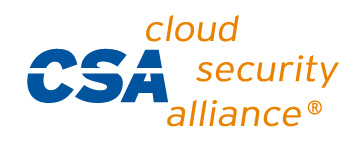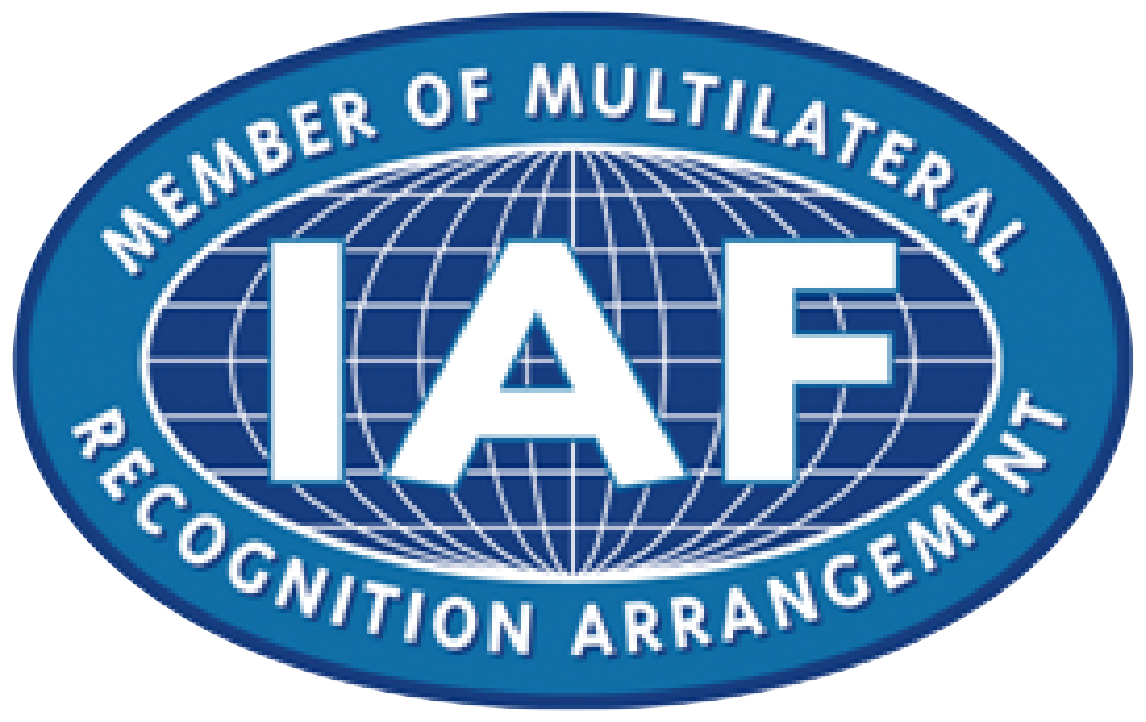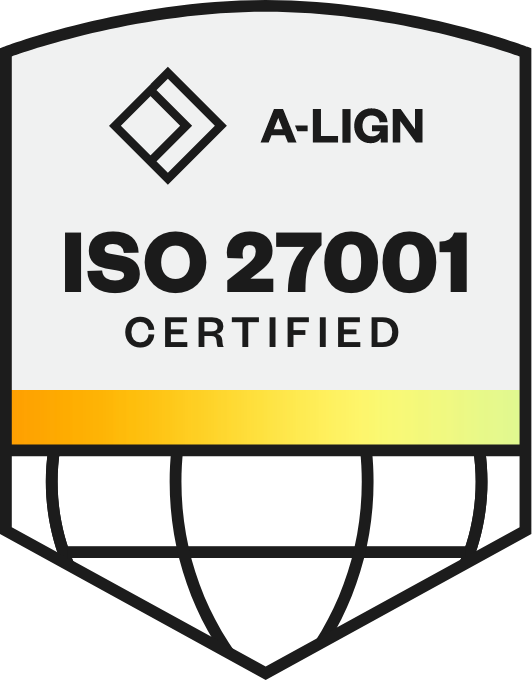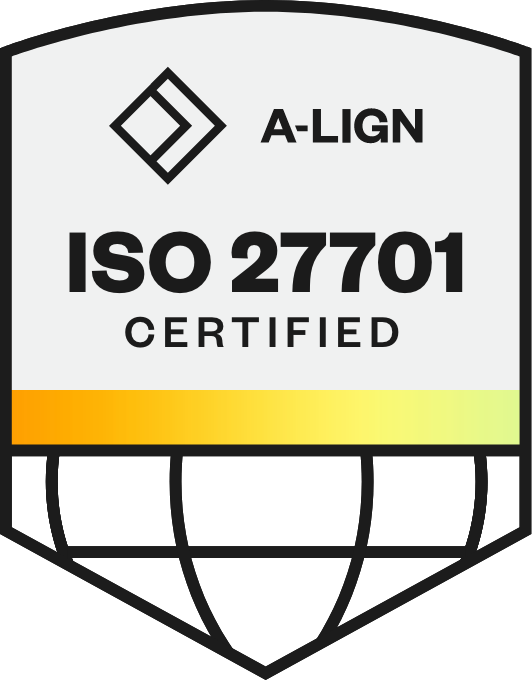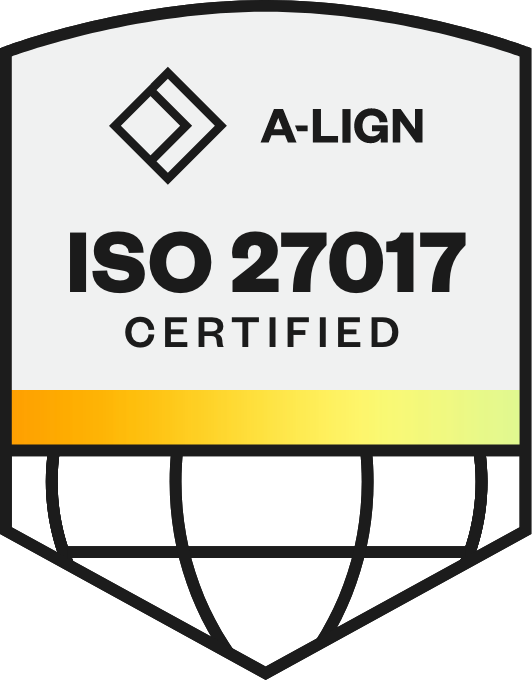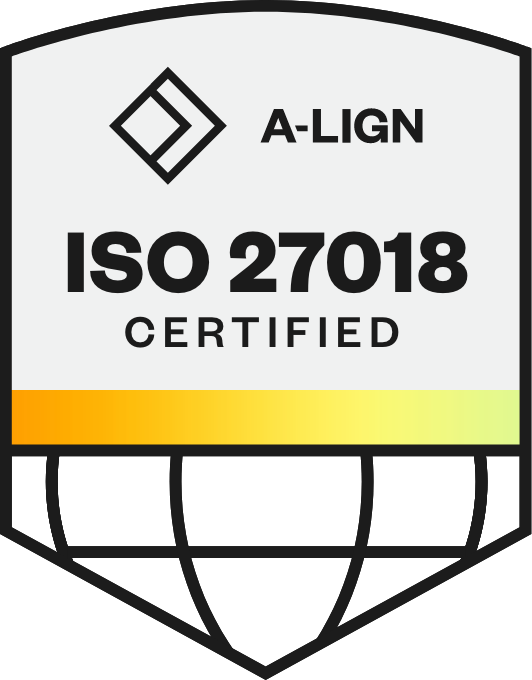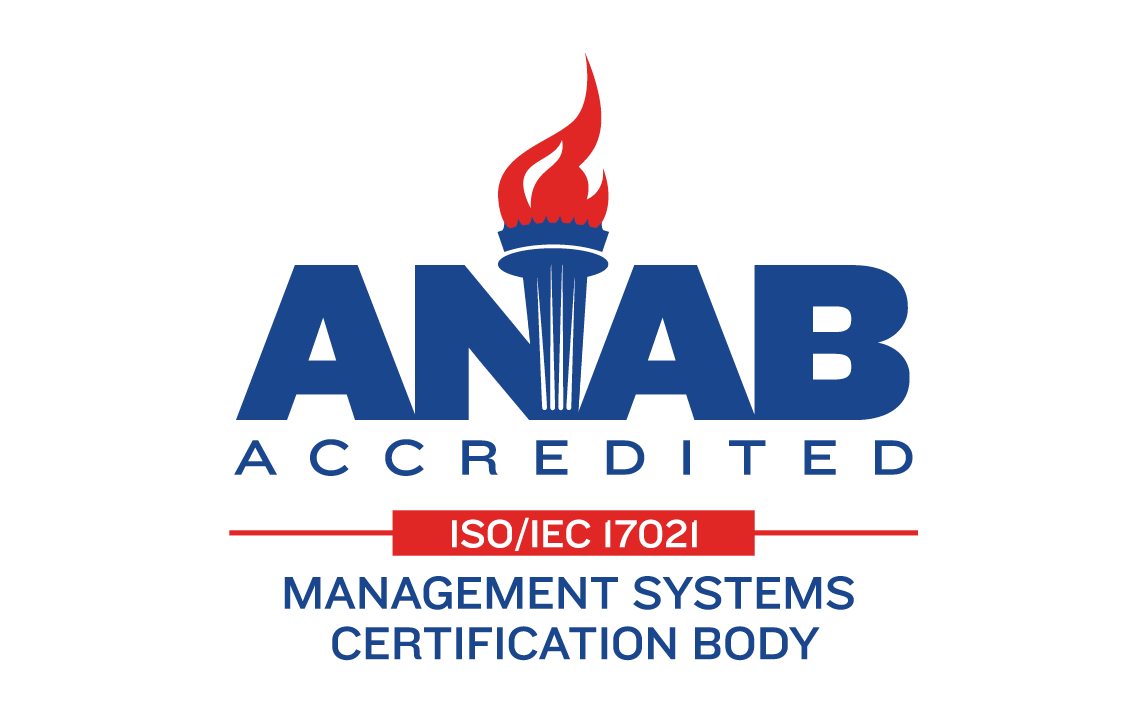
Healthcare Recruiting at the Top of Your License: AI Transformation and Skills-Based Hiring
The healthcare industry stands at a crossroads. With workforce shortages dominating headlines and operational pressures mounting, talent acquisition leaders face an urgent question: are we truly maximizing our recruiting potential, or are we trapped in outdated processes that limit our reach?
In a recent episode of Talent Experience Live, host Devin Foster sat down with Luke Carignan to explore this challenge through a healthcare lens. Their conversation reveals how the concept of "working at the top of your license" applies not just to clinical professionals but to recruiters themselves, who spend time on manual tasks instead of strategic talent advisory work.
This shift addresses fundamental inefficiencies in healthcare hiring. The discussion explored why traditional recruiting approaches fall short and how organizations can transform their talent strategies while maintaining the human touch that drives the right patient care.
Catch the full episode here or explore the key insights below!
The Hidden Problem: Manual Tasks vs. Strategic Impact
Why Recruiters Aren't Working at Their Highest Level
The phrase "working at the top of your license" originated in healthcare, typically referring to nursing professionals who should focus on patient care rather than administrative duties. Research shows nurses only work at the top of their license 28% of the time, raising questions about operational efficiency versus actual staffing shortages.
This same principle applies directly to recruitment. Recruiters spend 33% of their time on search and manual tasks rather than meaningful candidate engagement. In a typical work week, that translates to all of Monday and half of Tuesday devoted to activities that don't advance hiring goals or improve candidate experience.
The problem compounds when candidates struggle to navigate complex job boards. Faced with 3,000 available positions and 1,200 nursing roles, even qualified candidates often apply to inappropriate positions. This creates what Luke calls lopsided pipelines, where some requisitions receive hundreds of applications while others get none.
The challenge becomes particularly acute when considering healthcare's current talent landscape. While organizations struggle to fill positions, the real issue may not be candidate scarcity but operational inefficiency in identifying and engaging existing talent pools.
Related: State of Candidate Experience: 2025 Benchmarks Report
The Reality of Candidate Inventory
Healthcare organizations often operate under the assumption that talent shortages require aggressive external recruiting. However, the data reveals a different story entirely. When examining direct care RNs specifically, candidates spend an average of 650 days in applicant tracking systems before being hired.
Even more striking, 43% of these candidates have been in ATS databases for over 1,000 days. The average time to source remains 70 days, meaning organizations spend over two months finding candidates who have been available in their systems for nearly two years.
This disconnect suggests that the perceived talent shortage may be a candidate discovery problem. Organizations that leverage tools like career1top.org to compare their ATS inventory against local workforce availability often discover they already possess the talent they're desperately seeking to hire.
Related: ATS and CRM: Powering the Candidate Experience
Skills-Based Solutions: Working Smarter, Not Harder
Real-World Success in Radiology Services
Healthcare systems are discovering innovative approaches to workforce optimization through skills-based deployment. Consider the case of radiology technicians, whose shortage can halt hospital operations since diagnostic imaging drives treatment decisions across all departments.
One health system implemented a skills-based approach where imaging technicians work across multiple modalities. Instead of limiting professionals to single machines like MRIs, they cross-trained staff to handle ultrasounds, X-rays, and various imaging technologies based on patient flow and hospital needs.
The results proved transformative. This organization discovered they needed two-thirds fewer radiology technicians than their original job postings indicated, while simultaneously increasing compensation for existing staff who embraced the expanded roles.
The Operational Impact Beyond Hiring
Skills-based approaches help address multiple organizational challenges at the same time. When radiology technicians work across departments, they develop broader expertise, engage with diverse teams, and gain leadership experience that naturally prepares them for advancement opportunities.
The financial implications extend far beyond reduced hiring needs. With healthcare payroll representing 56% of most health system expenditures, operational efficiency improvements create substantial cost savings while enhancing patient care quality and reducing treatment delays.
Related: Navigating Healthcare's Talent Crisis: Trends, Challenges, and Tech Solutions
Technology as the Great Enabler
Beyond Traditional Screening Limitations
Healthcare recruiting operates in a unique environment where candidates often work non-traditional hours that conflict with standard recruitment schedules. Nurses working 12-hour shifts and other clinical professionals cannot easily participate in traditional phone screenings during business hours.
Agentic AI transforms this dynamic by enabling initial conversations with thousands of candidates using a 1-to-many approach. Where human recruiters can only conduct one-to-one screening calls, AI agents can engage 2,000 candidates simultaneously, completing initial screening processes in minutes rather than weeks.
This technological capability addresses the fundamental mismatch between recruiter availability and candidate schedules while maintaining conversational quality that builds genuine connections.
The Time Problem in Candidate Management
Traditional ATS systems lack temporal awareness, creating absurd scenarios where five-year nursing veterans receive recruitment messages targeted at new graduates. This happens because systems freeze candidates at their application point, regardless of career progression or skill development.
Modern AI recruitment tools incorporate time concepts, recognizing that a new graduate nurse from 2020 likely possesses five years of experience and significantly different capabilities by 2025. This temporal intelligence enables more relevant matching and prevents the overqualification of newer candidates that frustrate experienced professionals.
Transforming Internal Mobility and Retention in Healthcare
Creating Safe Spaces for Career Exploration
Career advancement conversations often create uncomfortable dynamics between employees and supervisors. Young professionals hesitate to express interest in different departments, fearing their current managers might interpret exploration as dissatisfaction or disloyalty.
Technology creates private spaces where employees can explore career options, access mentorship, and pursue development opportunities without premature disclosure. This approach recognizes that career readiness often precedes the courage to bring up potential new career paths with direct supervisors.
Healthcare systems operate like small cities, offering everything from dietary services to transportation companies to fitness facilities. The career path from security guard to CEO exists, but organizations must provide tools that help employees discover and navigate these opportunities independently.
Addressing the Leadership Pipeline Challenge
Skills-based approaches can address this challenge by creating advancement opportunities that don't require traditional leadership responsibilities. Cross-departmental roles, specialized technical positions, and expert practitioner tracks provide growth without management burdens that many professionals prefer to avoid.
The Future of Healthcare Talent Acquisition
From Requisition-Based to Pipeline-Driven Recruiting
The recruitment model is shifting from filling individual job postings to managing talent pipelines that serve multiple organizational needs. Instead of matching candidates to specific requisitions, future recruiting will match individuals to collections of roles where their skills and interests align.
This approach recognizes that candidates often apply to inappropriate positions not from lack of interest, but from confusion about organizational structure and available opportunities. This requires recruiters to become talent advisors who understand both candidate aspirations and organizational needs well enough to guide individuals toward roles that may not have been their original target but represent better long-term fits.
Compensation and Role Evolution
As AI handles routine tasks and enables unprecedented scalability, compensation structures will evolve to reflect new value creation. Organizations that can accomplish with 10 people what previously required 100-person teams will need to reconsider how they compensate talent leaders who can harness these capabilities.
The sourcing function, currently undervalued in many organizations, may become the highest-compensated role in talent acquisition. Sourcers who feed quality candidates into automated systems enable entire recruitment operations, making their contribution more valuable than traditional recruiting or coordination activities.
Related: Accelerating Healthcare Hiring: Bon Secours Mercy Health’s Early Talent Strategy
Looking Forward: Preparing for Transformation
Healthcare recruiting in five years will be virtually unrecognizable from today's practices. The successful healthcare recruiters of tomorrow will be those who embrace technology today while developing the advisory skills that complement automated processes. They will work pipelines rather than requisitions, understand skills beyond job titles, and create candidate experiences that reflect healthcare's commitment to compassionate care.
The wave of AI transformation is coming regardless of organizational readiness. The question isn't whether change will happen, but whether healthcare leaders will ride the wave or be overwhelmed by it.
The future belongs to those who recognize that recruiting at the top of your license means using technology to handle routine tasks while focusing human talent on the relationship building and strategic thinking that drives exceptional hiring outcomes.
Ready to learn how leading organizations eliminate manual recruiting tasks? Download The 2025 State of High-Volume Hiring to unlock AI strategies from 101 companies hiring for frontline and clinical roles.
Devi is a content marketing writer who is passionate about crafting content that informs and engages. Outside of work, you'll find her watching films or listening to NFAK.
Get the latest talent experience insights delivered to your inbox.
Sign up to the Phenom email list for weekly updates!



